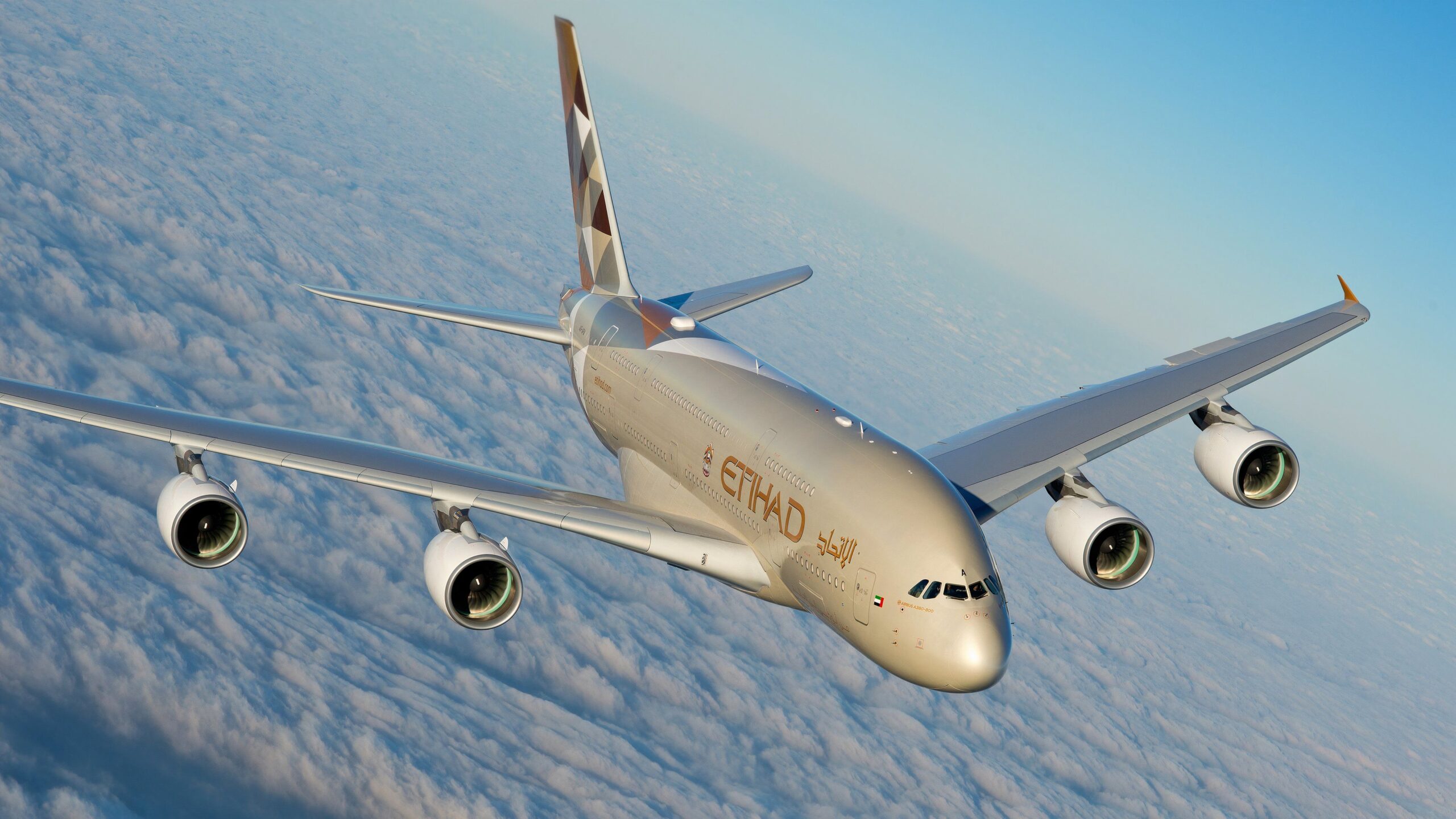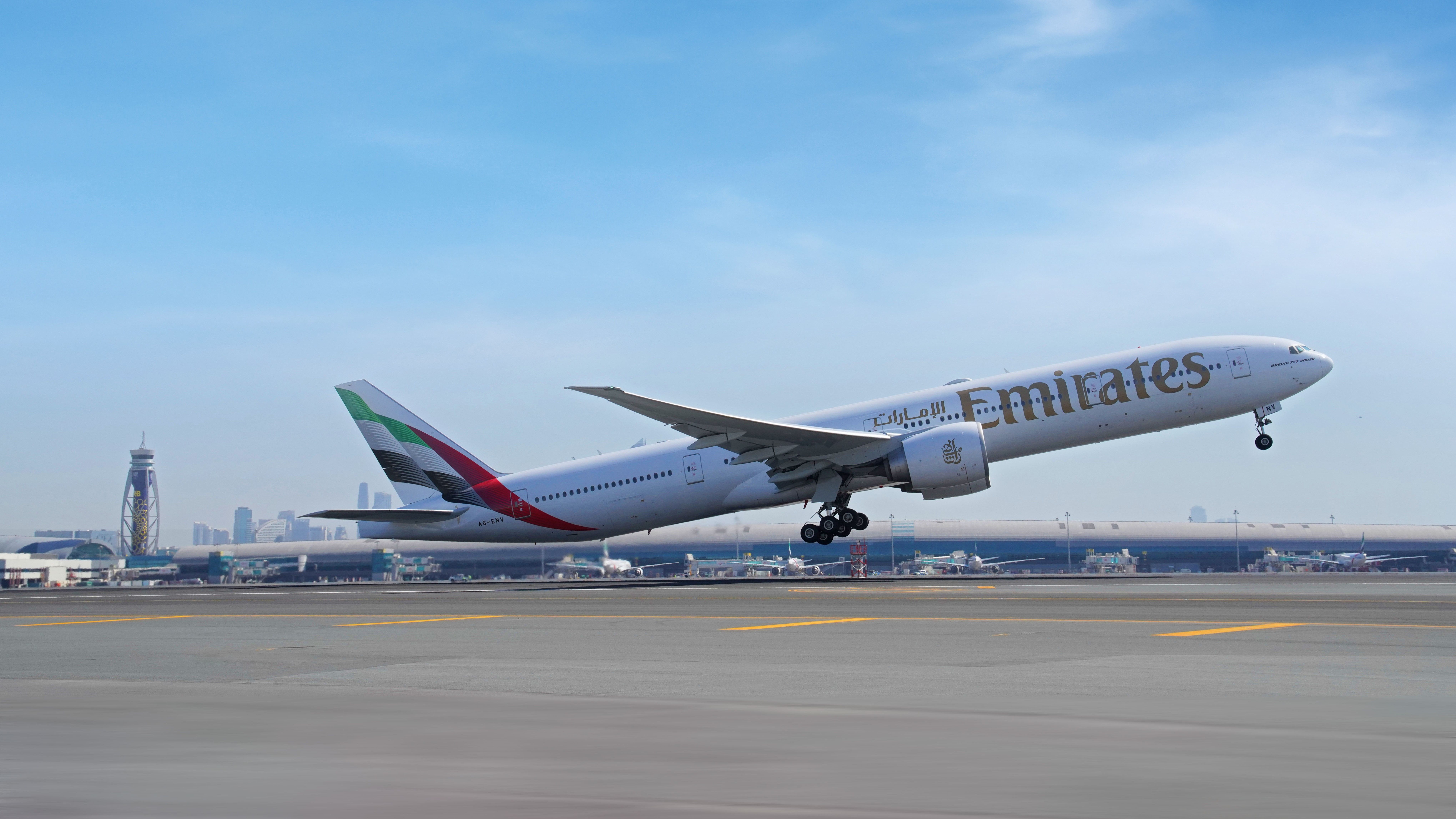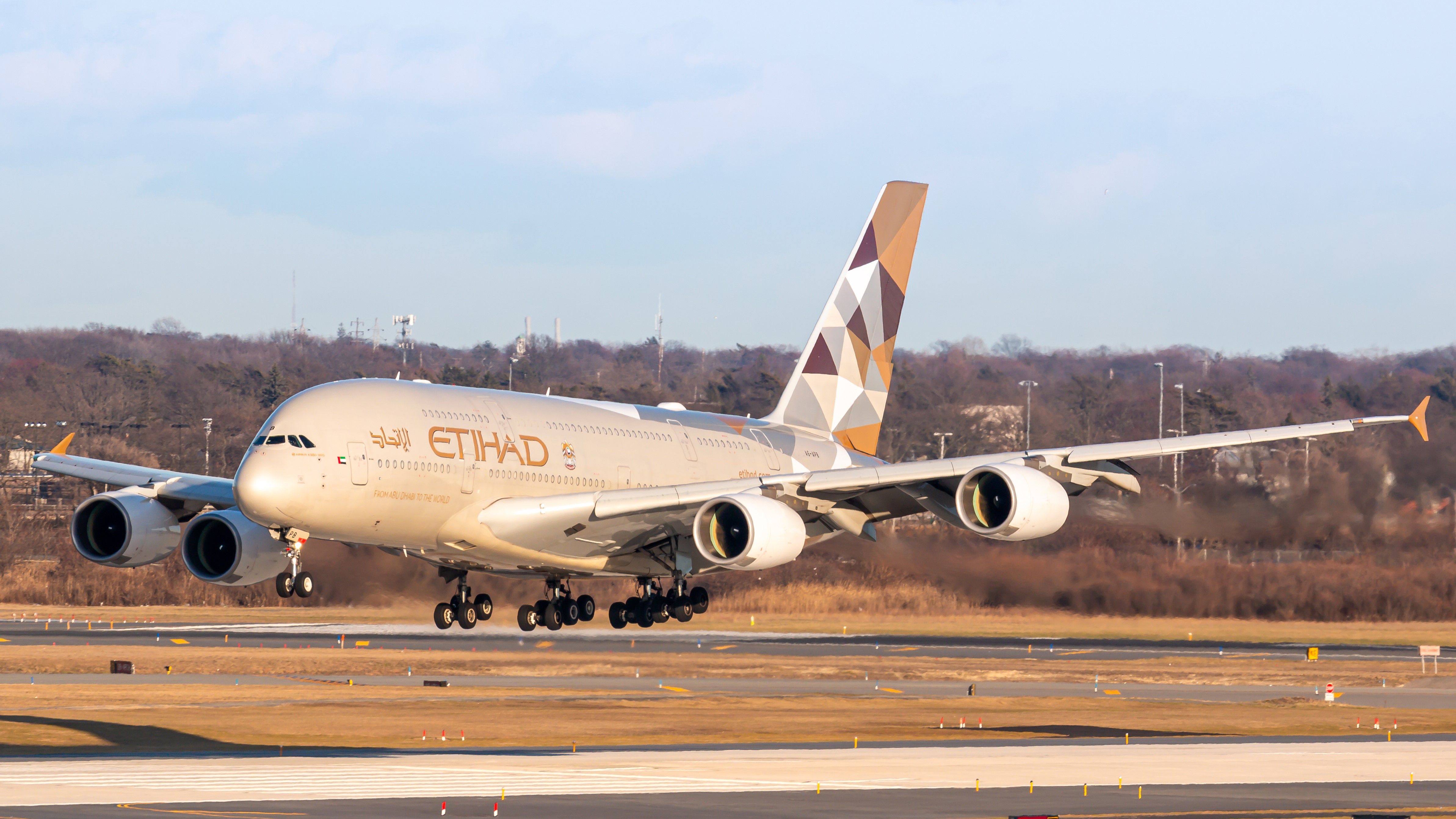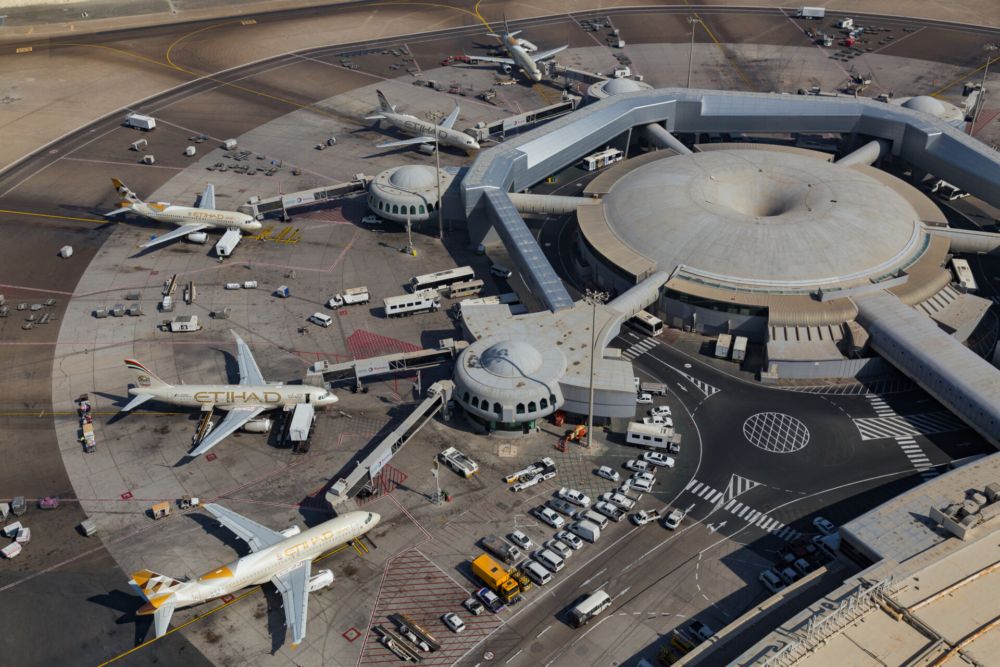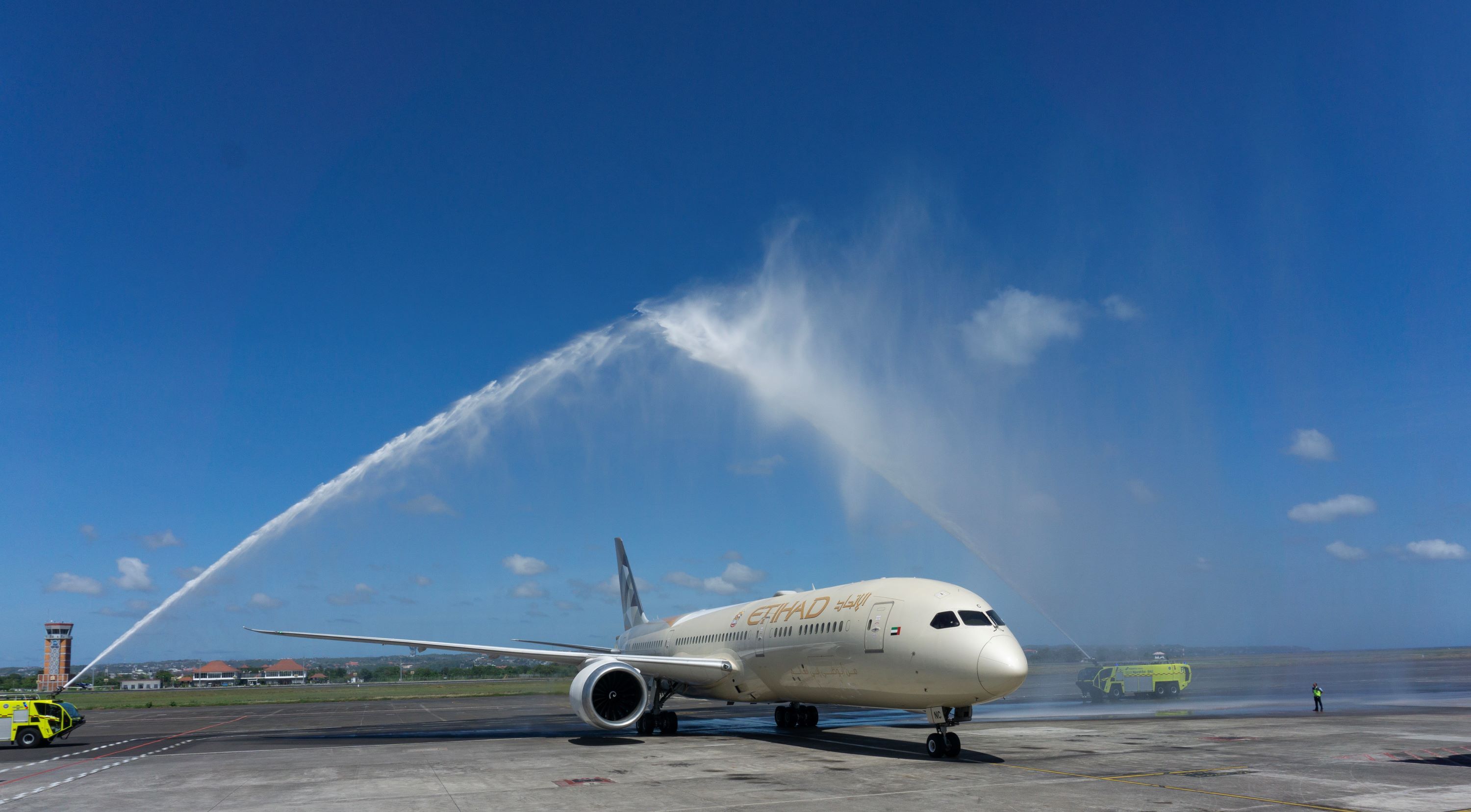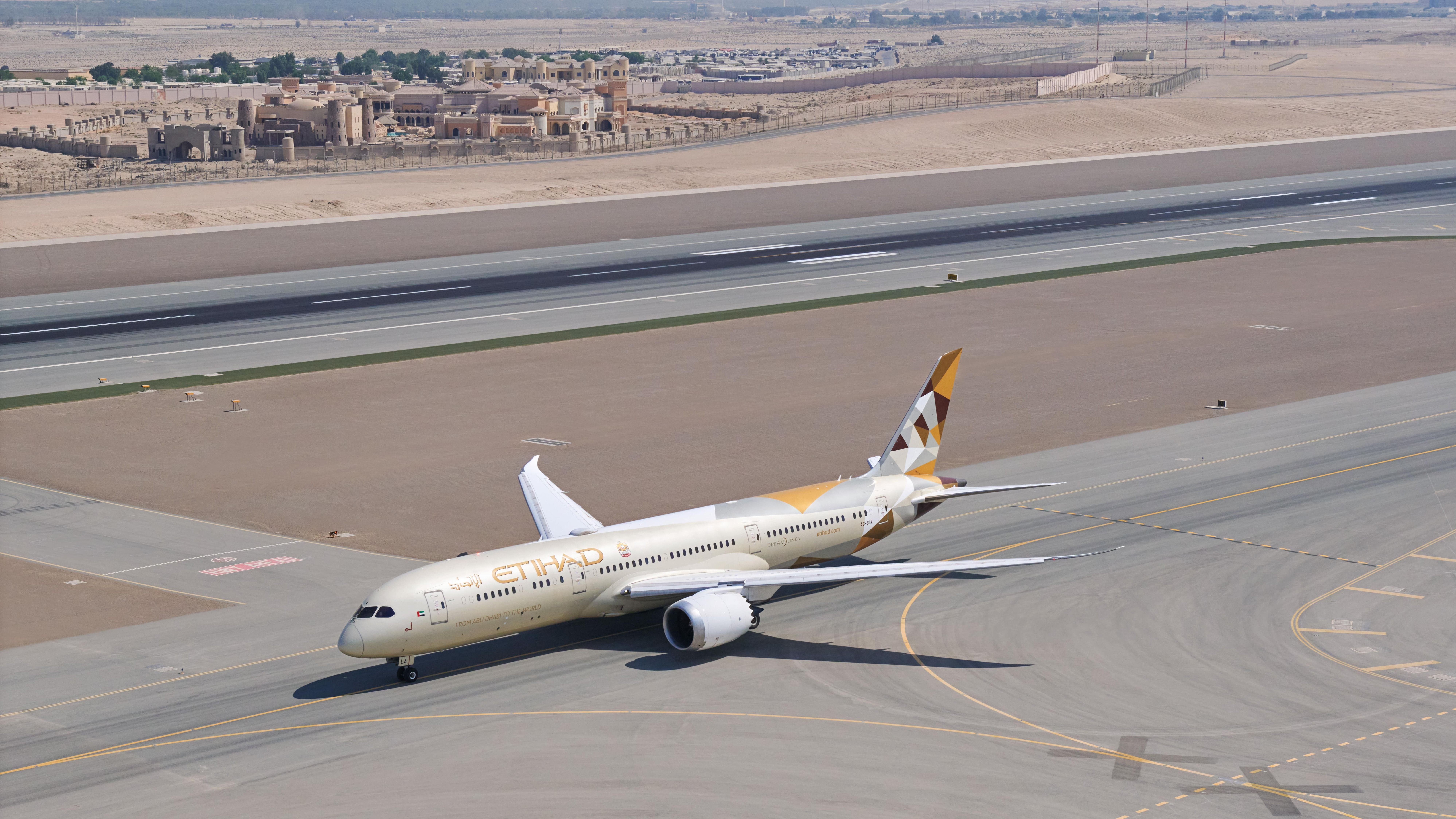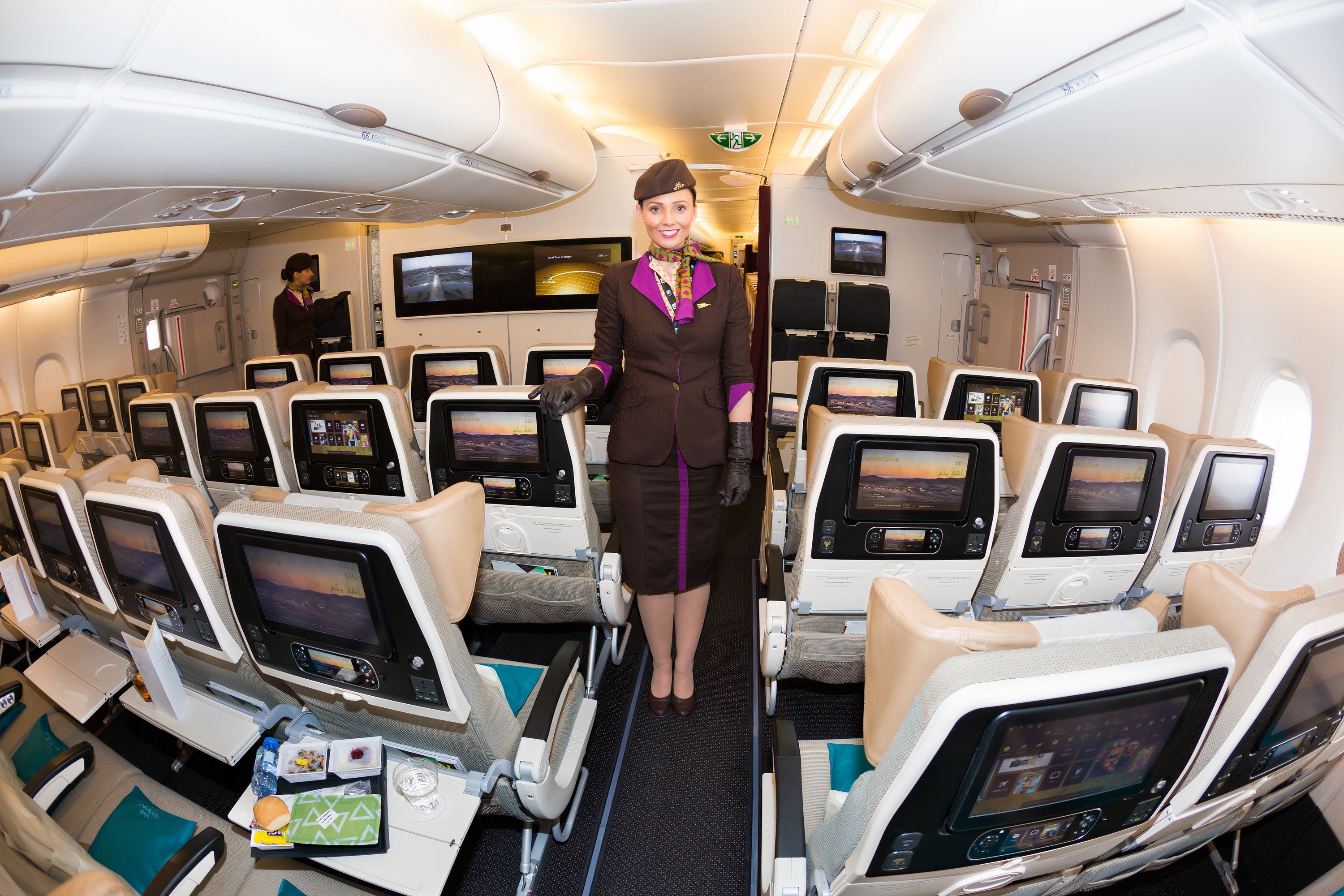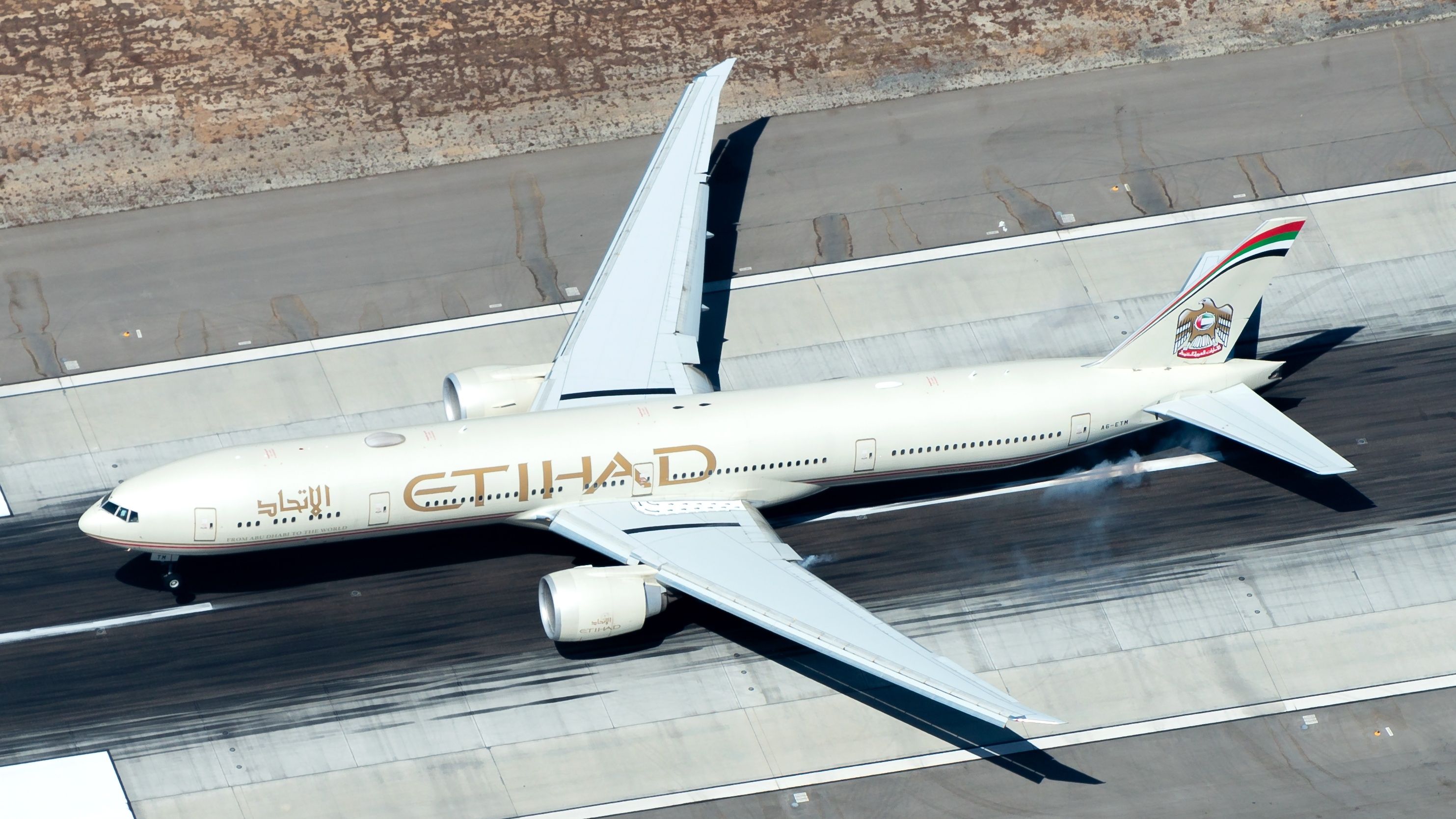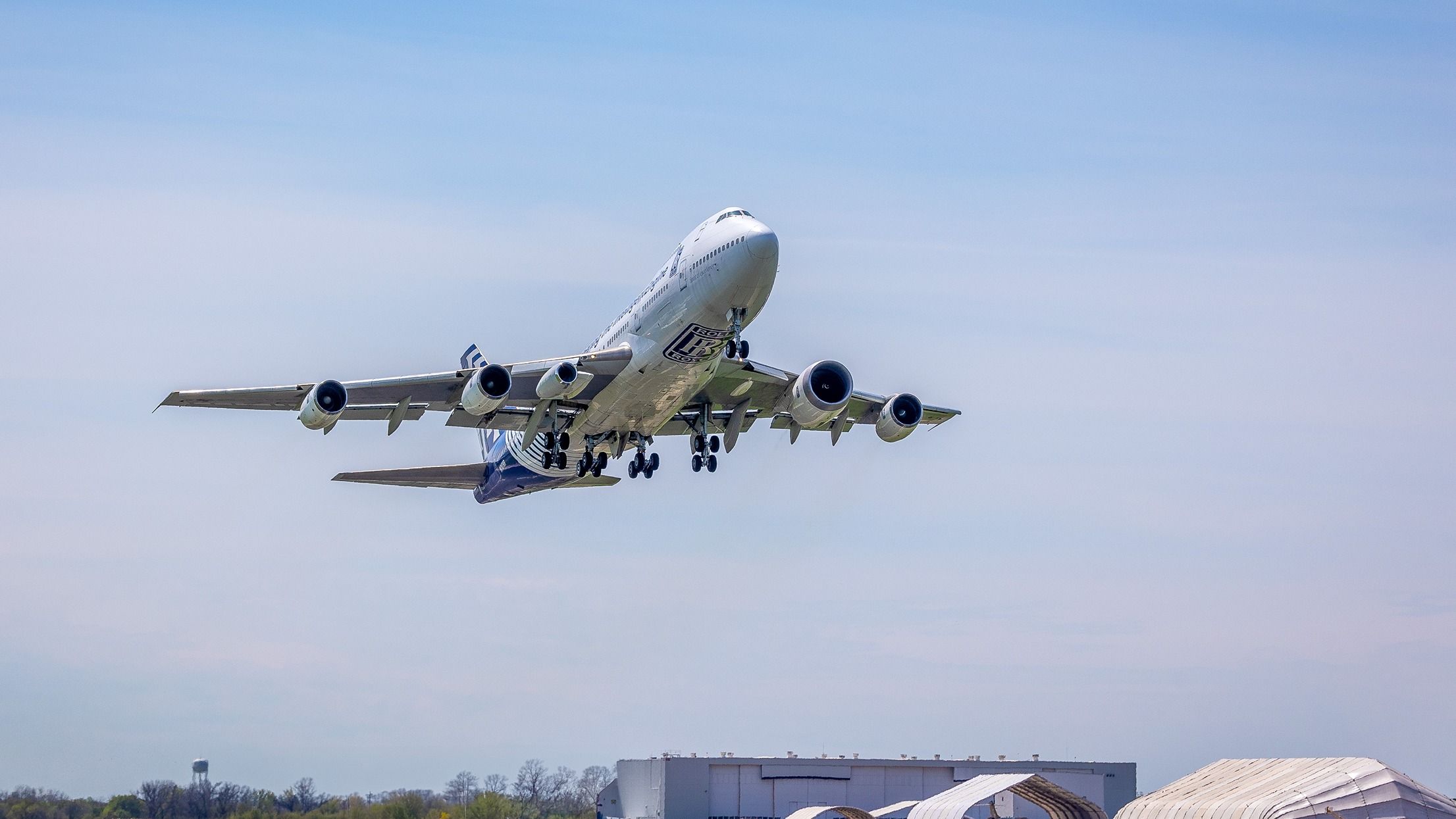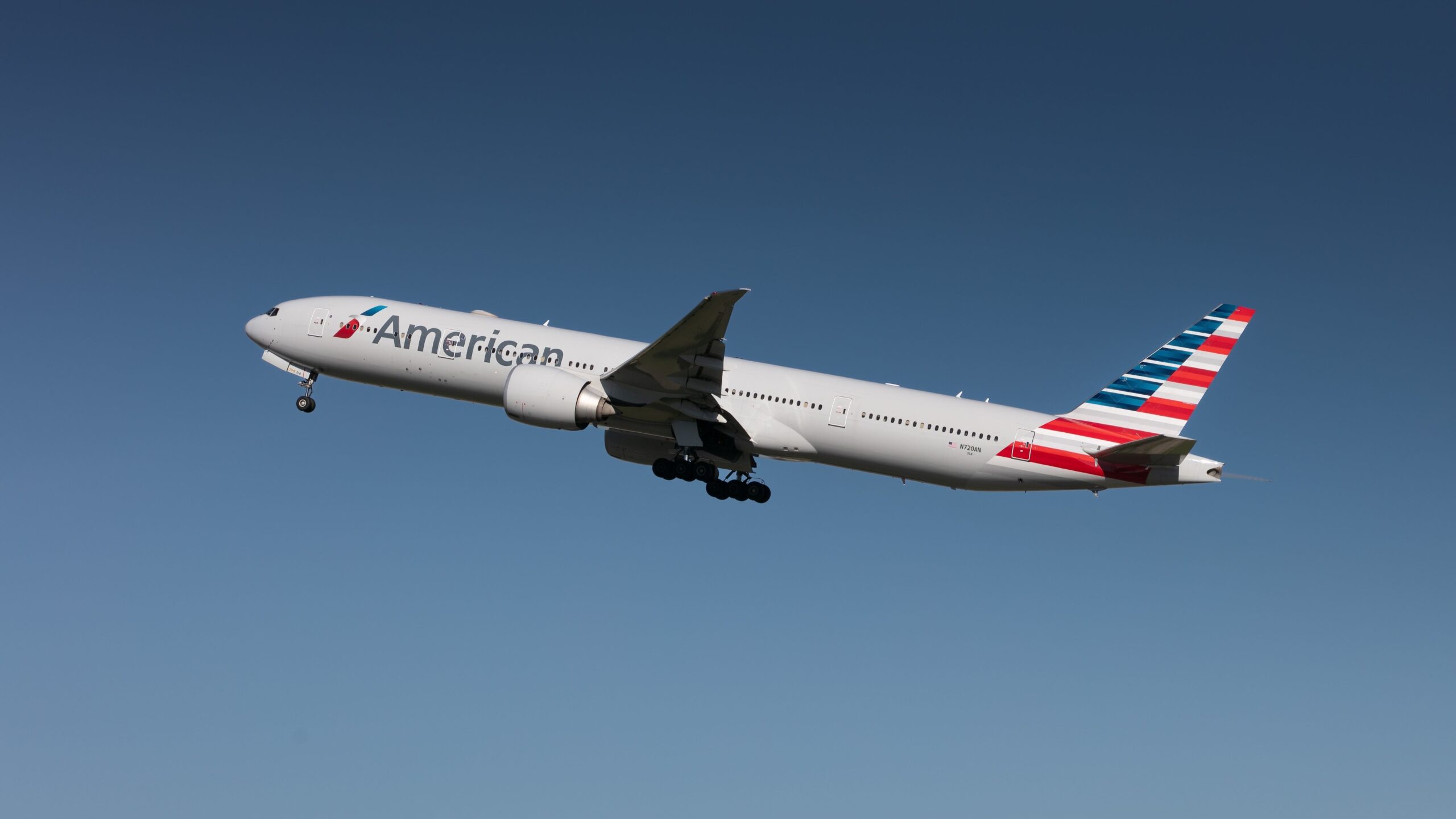Summary
- Etihad Airways was founded in 2003 to transform Abu Dhabi into a major global aviation hub.
- The airline rapidly expanded its fleet and route network to become a key player in the industry.
- Etihad has received over 30 awards in 20 years, emphasizing a commitment to excellence and passenger experience.
In just 20 years, Etihad Airways has gone from a newcomer to a major player in the global aviation industry. As the flag carrier of the United Arab Emirates (UAE), Etihad’s journey is one of strategic vision, economic ambition, and a commitment to excellence.
Curiously, the airline is not the only flag carrier in the UAE. You may know that Emirates, another key player in the commercial aviation scene, is also the UAE’s national carrier. How did this come to be?
Why does the UAE have two flag carriers?
Before we jump right in, it is important to note that the UAE is made up of seven Emirates, each governed by its own ruler, with its own local government. Among these Emirates are Dubai and Abu Dhabi – the latter being the capital of the UAE.
Photo: Emirates
To uncover the origin of Etihad’s existence, we must first look at the history of Emirates. In October 1985, Emirates commenced operations as the flag carrier of the UAE. Backed by the royal ruler of Dubai (and current prime minister of the UAE), Mohammed bin Rashid Al Maktoum, the airline experienced strong growth in its founding years.
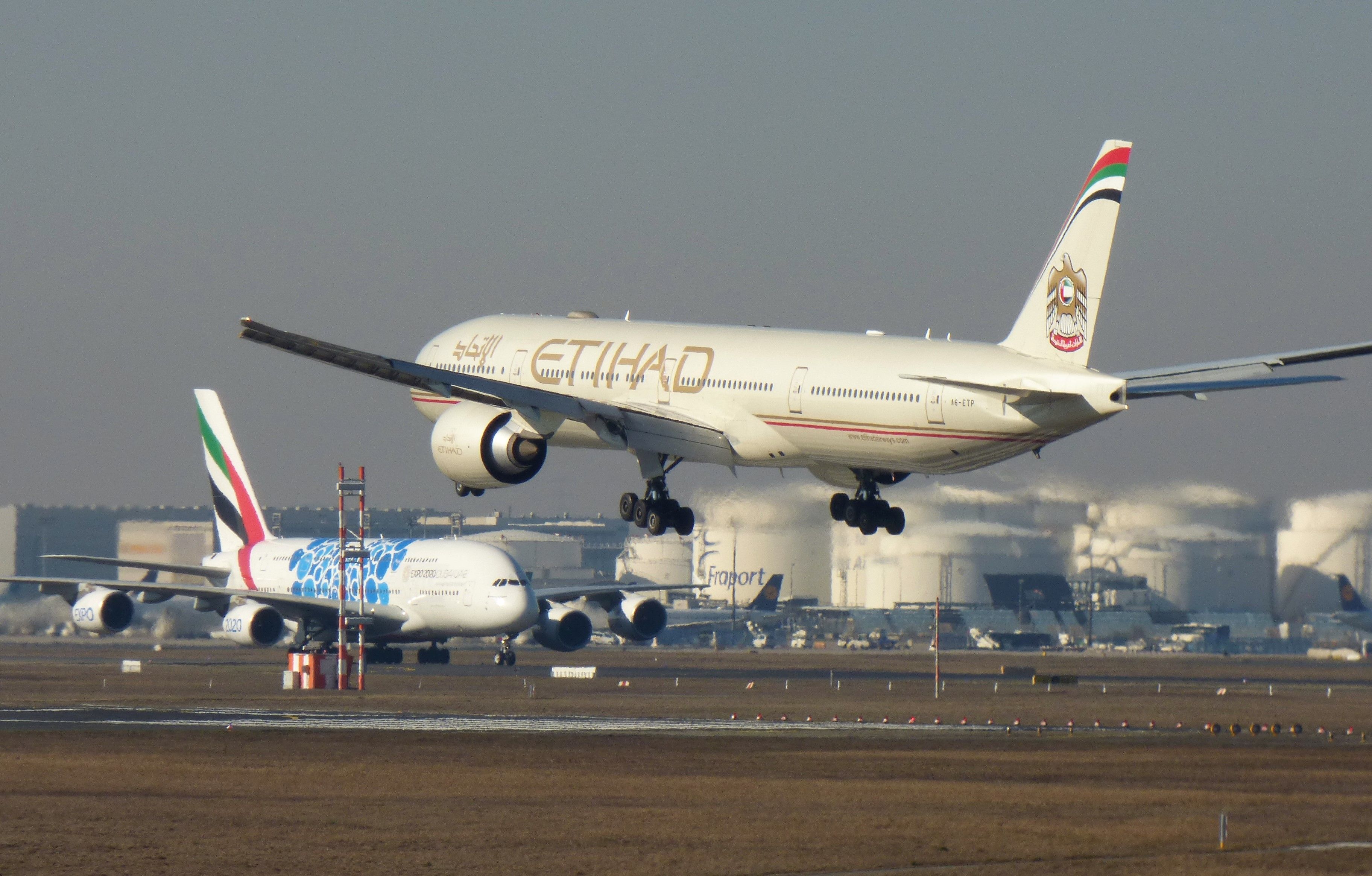
Related
Why Does The UAE Have Two Flag Carriers?
The UAE is unusual, with two main airlines acting as flag carriers.
By the 2000s, Emirates was a flourishing airline, becoming the first airline to install fleet-wide video systems in all seats and telecommunications on its Airbus aircraft, as well as growing its global network to 50 destinations per Emirates. It was also the first airline to sign up for the Airbus A380.
Photo: Lukas Wunderlich | Shutterstock
In July 2003, eager to keep up with his neighbor and wanting an airline for his own Emirate, the late ruler of Abu Dhabi (and former UAE president), Sheikh Khalifa bin Zayed Al Nahyan, issued a royal decree establishing another flag carrier for the UAE. And that was how Etihad came to be.
The birth of a second national carrier
The creation of Etihad Airways was driven by a strategic vision to transform Abu Dhabi into a major international aviation hub – the Emirate is, after all, the country’s capital. In a bid to diversify its economy beyond oil and gas, the aviation sector was identified as a key area for development. The establishment of Etihad Airways was a critical component of this broader economic strategy.
Photo: Abu Dhabi Airports
Furthermore, the UAE’s leadership recognized the potential of tourism as a significant economic driver. Another national carrier would facilitate increased tourist arrivals, boosting the hospitality and service sectors. Etihad was envisioned as a means to enhance global connectivity, linking Abu Dhabi to key destinations worldwide and positioning the city as a central transit point.
Photo: Etihad
According to Etihad, the airline commenced operations on November 5, 2003, with an inaugural ceremonial flight from Abu Dhabi to Al Ain. A week later, it began commercial operations with scheduled services to Beirut, Lebanon. From its humble beginnings, Etihad embarked on an ambitious growth trajectory. The airline quickly expanded its fleet and route network, establishing itself as a formidable competitor in the global aviation market.
Etihad fleet expansion
Etihad started with a modest fleet but rapidly expanded to include a diverse range of aircraft, from narrow-body jets for regional flights to wide-body aircraft for long-haul routes.
Photo: Etihad Airways
According to Global Aviation Express, in June 2004, Etihad placed an order for six Boeing and 24 Airbus aircraft, which included 10 A380s. In 2008, it announced an order for 35 Boeing 787s and ten 777s, with options for 25 787s and ten 777s, in addition to purchase rights on ten 787s and five 777s, per Flight Global.
Today, according to ch-aviation, Etihad’s fleet comprises 91 active aircraft: 35 of which are Airbus, and 56 are Boeing. The airline has 128 further units on order: 75 Airbus and 53 Boeing.
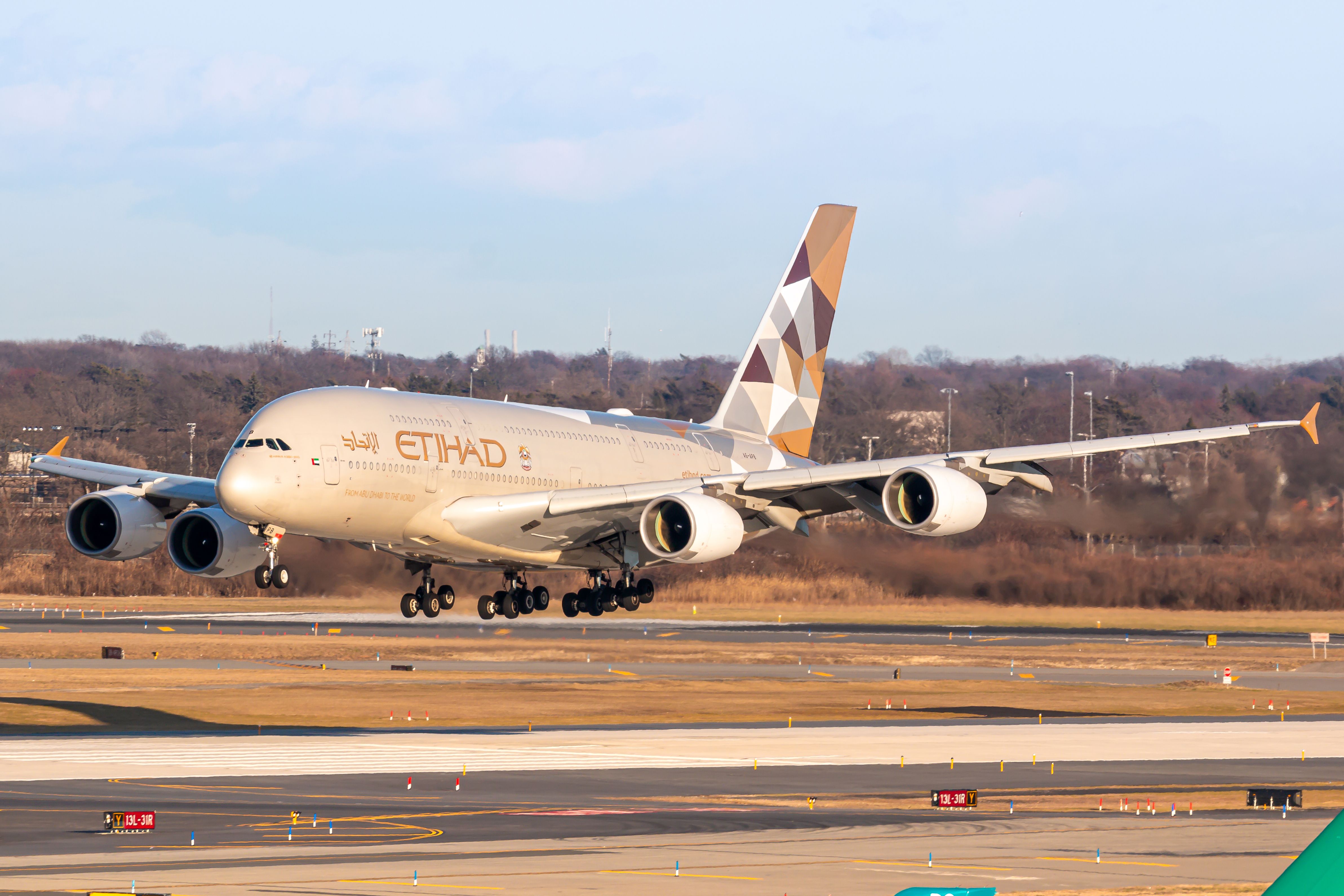
Related
Where Can You Fly On Etihad’s Airbus A380 This Year
The airline will operate the A380s on four services across 3 destinations in its network.
With a growing fleet came an expanding route network
Thanks to its investment in new-generation aircraft, the airline was able to enhance its long-haul capabilities. Within just three years of its inception, Etihad grew its global network to 30 destinations, per Seat Maestro.
As the airline rapidly expanded its route network, connecting Abu Dhabi to major cities across Europe, Asia, Africa, and the Americas, its extensive network proved pivotal in establishing Abu Dhabi as a key transit hub.
Today, the airline’s network spans more than 70 destinations across Asia, Australia, Europe, the Middle East and North America. Additionally, while Etihad is not part of an alliance, it has formed codeshare partnerships with other airlines – such as jetBlue, All Nippon Airways (ANA), Lufthansa, and Virgin Airlines, further enhancing its connectivity and offering seamless travel experiences for passengers.
Etihad has received over 30 awards in 20 years
Etihad has built its reputation on a commitment to excellence in service, innovation, and passenger experience. This focus on quality has been integral to its success and differentiation in a highly competitive industry.
Photo: Etihad Airways
The airline has consistently been recognized for its exceptional service and hospitality, earning more than 30 awards and accolades over the last 20 years, per Seat Maestro. Its dedication to providing a premium travel experience is evident in its cabin offerings, onboard amenities, and customer service standards.
Photo: M101Studio | Shutterstock
Moreover, the airline boasts cutting-edge inflight entertainment systems that offer a wide range of movies, TV shows, music, and games to keep passengers entertained during their journey. It has also invested in digital solutions to streamline booking processes, improve customer interactions, and provide real-time information to passengers.
20 years of Etihad Airways
This year, Etihad Airways celebrates 20 years of service. In the last two decades, it has played a crucial role in putting Abu Dhabi on the global map, elevating its reputation as a world-class destination for business and leisure. The airline’s numerous awards and accolades have brought international recognition to Abu Dhabi as a hub of excellence in aviation.
Photo: Thiago B Trevisan | Shutterstock
Established with a clear vision to transform Abu Dhabi into a global aviation hub and diversify its economy, Etihad Airways continues to play a vital role in enhancing Abu Dhabi’s global connectivity and economic prosperity, solidifying its position as a leading airline in the international aviation industry.

